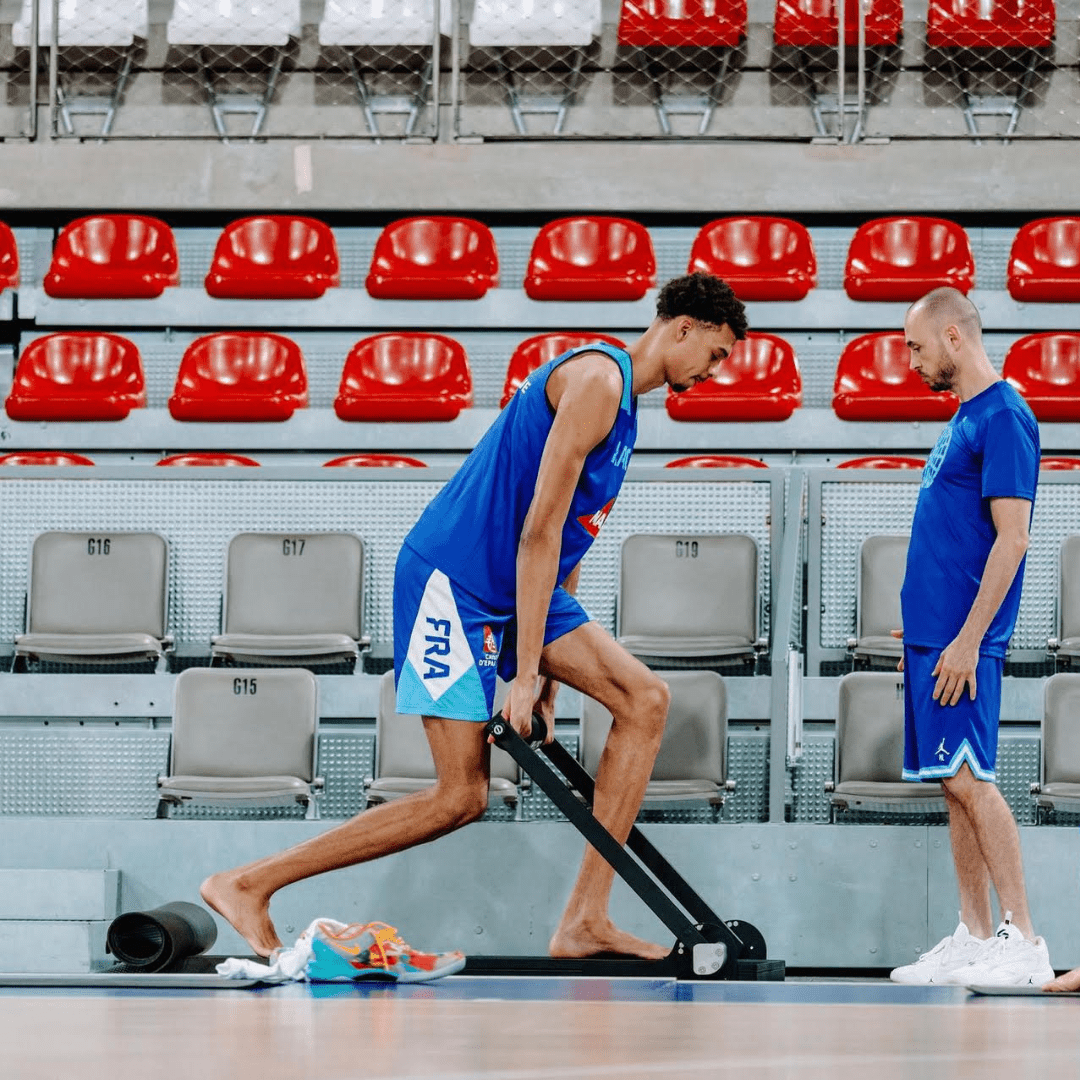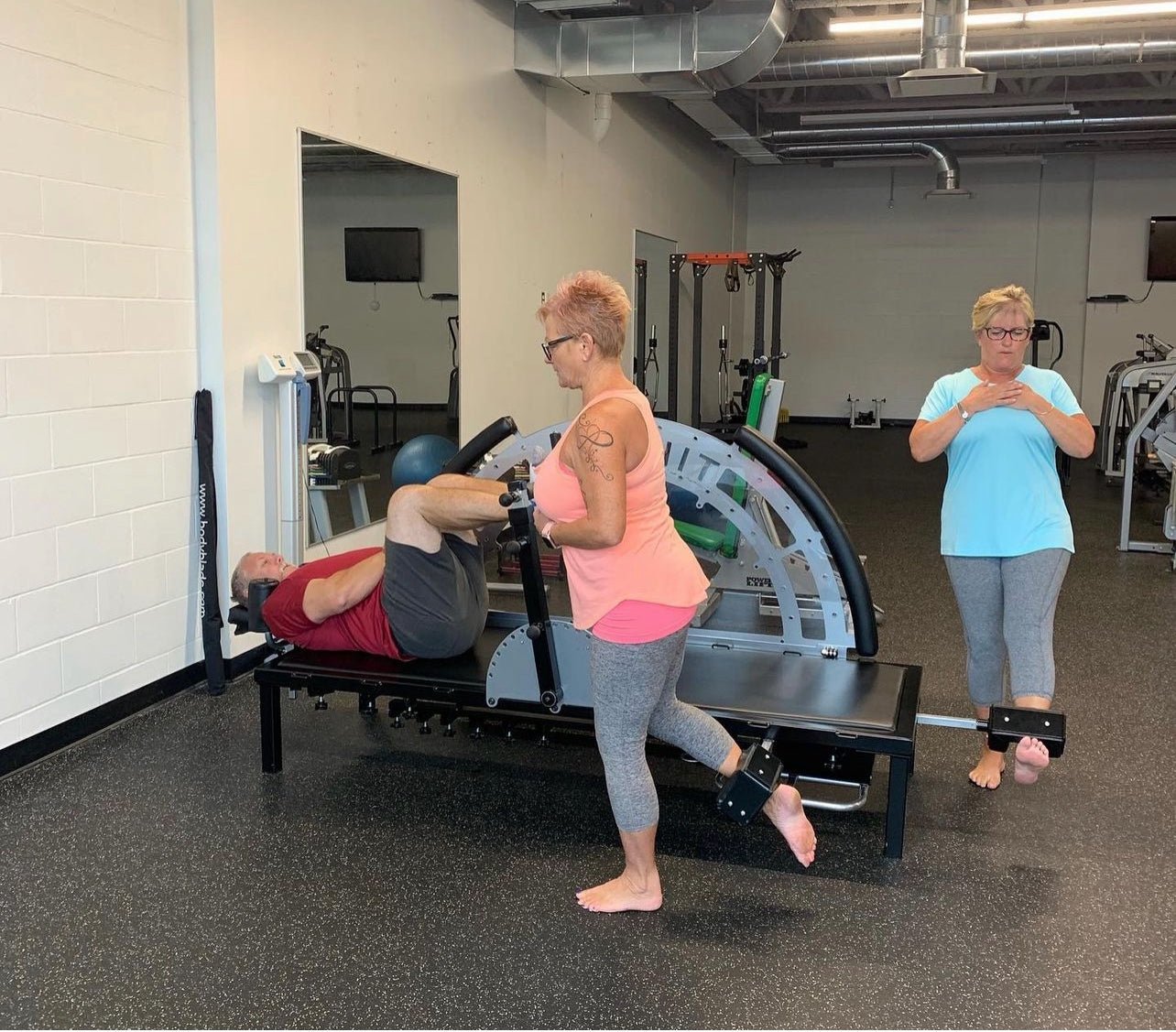Whether you work with performance artists, athletes, or the general population. Understanding the mechanics of your muscles can significantly enhance performance and prevent injuries. A vital muscle that often doesn't get the attention it deserves is the flexor hallucis longus in your foot. This muscle plays a significant role in flexing your big toe and has considerable implications for walking, jumping, and stability of the foot.
In the phases of walking and jumping, the flexor hallucis longus operates isometrically—generating force while maintaining a constant length. This action allows for a controlled transfer of mechanical energy within the foot, ensuring smooth, efficient movement, and maximum performance. Research simulating walking found that forces generated with the flexor hallucis longus operating isometrically were comparable to those observed when the muscle's movements were controlled in other ways.
Read This: Evidence of isometric function of the flexor hallucis longus muscle in normal gait
However, it's important to note that the practice of stretching, while generally beneficial for flexibility and mobility, might not always be the best approach for all muscles. In the case of the flexor hallucis longus, overstretching could potentially destabilize the foot and impair walking and jumping performance.
Excessive stretching of the flexor hallucis longus could decrease its isometric strength, impairing its ability to control the mechanical energy transfer within the foot. This could result in less efficient movements and a loss of stability, as the flexor hallucis longus is crucial for balance during walking and provides a solid base of support during the push-off phase of a jump.
Read This: Flexor hallucis longus tendon morphology in dancers clinically diagnosed with tendinopathy.
Furthermore, an overstretched tendon of the flexor hallucis longus, which connects the muscle to the bone, can become weakened and more prone to strains or tears. Such injuries can significantly hamper performance and lead to long-term damage. Common gym exercises like seated and standing calf raises may cause the flexor hallucis longus tendon to become stretched.This occurs when the big toe is being jammed into extension as you raise your heal up when performing the exercise. During the exercise the flexor hallucis longus tendon repeated being squished and elongated between the load and the machine. Additionally, poses like the downward dog in yoga or deep calf stretches can also negatively impact the flexor hallucis longus.
Watch This Calf Raise Alternative: The Horizontal Calf Raise
As an athlete or a coach, these insights imply that isometric strength, particularly in muscles like the flexor hallucis longus, should be a focus. Understanding these mechanisms can also aid in targeted rehabilitation and management strategies that may accelerate return to play protocols.
The flexor hallucis longus, with its isometric function, plays a pivotal role in walking, jumping, and foot stability. By comprehending these mechanics and emphasizing balanced training approaches, athletes and coaches can optimize performance and minimize the risk of injuries.
For more information on isometric strength training and its significant impact on functional health and performance, visit our website at www.Isophit.com or reach out to me at brad@isophit.com.
Yours in Isometric Strength,
Brad Thorpe
CEO / Inventor
Isophit










Share:
Isophit: Why Stretching Your Hamstring is Stupid. Do this instead.
Isophit: As professional athletes, coaches, and trainers we need to be more specific when discussing muscles.